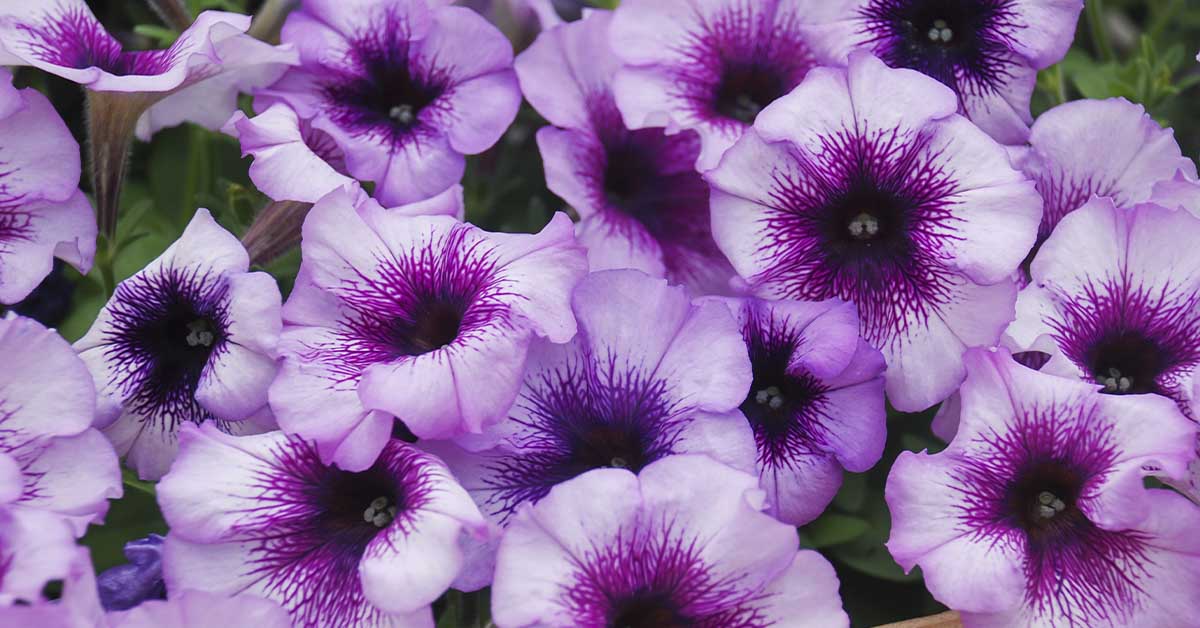Get to know the special glow-in-the-dark flower this spring. The soft glow of these genetically modified petunias fills your garden. When you see a Firefly Petunia for the first time, you might think you’ve fallen down a rabbit hole into Wonderland. But these flowers really do glow in the dark. Scientists, including Karen Sarkisyan, a synthetic biologist at Imperial College London and one of the engineers who worked on the petunias, have been experimenting with these plants for years to make them look like magic. Sarkisyan thinks that gardeners will be amazed by the lit-up petunias. You can now pre-order them for $29, and they will start shipping in April.
Moonlight Magic in Glow-in-the-dark Flowers: Meet the Petunia That Glows Without Fireflies
“I think there’s something naturally exciting about things that glow in the dark,” he told Wired. The company that sells these plants, Light Bio, says that the Firefly Petunia gives off a “soft glow similar to moonlight.” Growing it in pots, baskets, or gardens is easy. It quickly gets about 8 to 10 inches tall and has lots of white flowers. You don’t have to do anything special to this plant to make it grow well.
The addition of genetic material from Neonothopanus nambi, a type of bioluminescent mushroom, is what makes the plant glow. In 1986, when the first luminescent plants were created, they were lit up with a spray made from genetic material from fireflies. Scientists have been looking for something that would work better since then, and this mushroom is it.

The plants have been approved by the USDA, but because they were genetically modified, there are some safety concerns. Jennifer Kuzma, co-director of the Genetic Engineering and Society Centre at North Carolina State University, is surprised that eco-friendlier petunias haven’t been the subject of more research. However, It’s not clear if artificial light could change how plants and insects behave.
“It depends on how far these are grown and whether they spread more widely,” she told Wired. In their application to the USDA, Light Bio talked about these worries and said that these plants are mostly grown in private yards and inside.
Glowing Gardens and Air-Eating Plants: Is Biotech the Future of Farming (or a Sci-Fi Nightmare)?
Some people think transgenic plants could be a problem waiting to happen, just like genetically modified foods. One person who is excited about how these plants could be used is Drew Endy. He is an associate professor of bioengineering at Stanford University. One way they could be used is to replace artificial lighting inside. This isn’t the only useful change that plants have made; a company in Paris is currently working on a plant that can clean the air very well. Does wonder never end?
This article was originally published on Organically Human, and has bee republished here with permission.
Read More: 8 Gardening Hacks That Will Help Flowers, Veggies, And Fruit Flourish
This content has, in part, been generated with the aid of an artificial intelligence language model. While we strive for accuracy and quality, please note that the information provided may not be entirely error-free or up-to-date. We recommend independently verifying the content and consulting with professionals for specific advice or information. We do not assume any responsibility or liability for the use or interpretation of this content.

